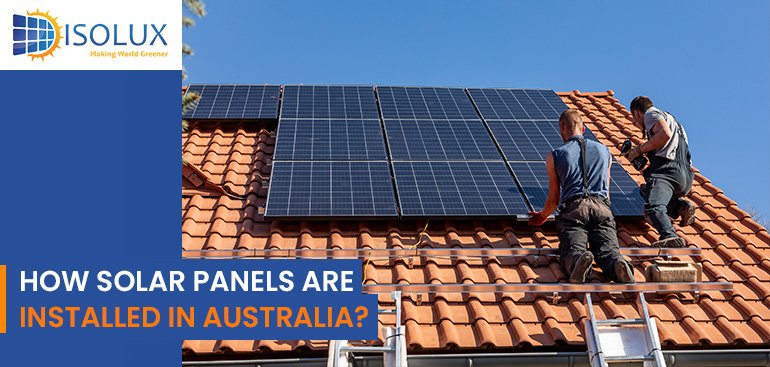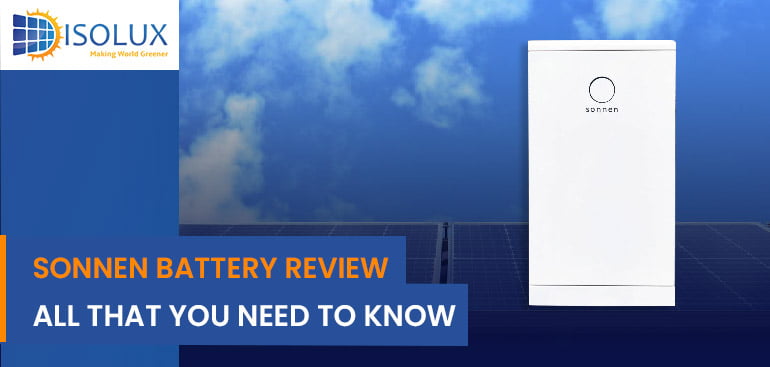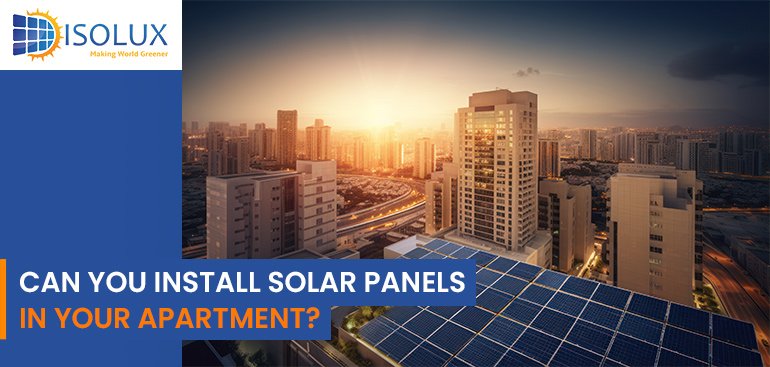Solar panel installation is gaining momentum as more people turn to renewable energy sources. Among the various options available, solar power stands out as a popular and sustainable choice for many homeowners and businesses. Solar panels, devices that convert sunlight into electricity, offer a way to reduce electricity bills and contribute to a greener environment. This guide provides a detailed overview of the solar panel installation process, ensuring you know what to expect when you decide to harness the power of the sun. Among the various options available, solar power stands out as a popular and sustainable choice for many homeowners and businesses. Solar panels, devices that convert sunlight into electricity, offer a way to reduce electricity bills and contribute to a greener environment. This guide provides a detailed overview of the solar panel installation process, ensuring you know what to expect when you decide to harness the power of the sun.
The Basics of Solar Panel Installation
Solar panel installation is a process that involves several key steps, from initial consultation and design to the physical installation and connection of the solar system. While the specifics can vary depending on the location, system size, and type of panels used, the fundamental stages remain consistent.
Step 1: Initial Consultation and Site Assessment
The first step in installing solar panels is to have a professional solar installer conduct an initial consultation and site assessment. This evaluation involves analyzing your electricity usage, inspecting the roof or installation site for suitability, and determining the best type and size of solar system to meet your energy needs. Factors such as roof orientation, angle, and shading are taken into account to maximize energy production.
Step 2: Design and Planning
Once the initial assessment is complete, the solar installer will design a solar power system tailored to your property’s specifics. This phase includes selecting the appropriate solar panels and inverters and planning the layout of the solar array to ensure optimal performance. The design process also involves obtaining any necessary permits and approvals required for the installation and adhering to local regulations and standards.
Step 3: Financial Considerations and Rebate
Before moving forward with the installation, it’s important to understand the financial aspects, including the cost of the system, available rebates, and incentives. Many regions offer financial incentives to encourage the adoption of solar energy, which can significantly reduce the overall cost of installation.
Step 4: Solar Panel Installation
The installation of solar panels typically takes a few days, depending on the size and complexity of the system. The process begins with setting up the mounting system, which secures the panels in place. The mounting structure is critical to the durability and efficiency of the solar system, ensuring the panels are angled correctly to capture maximum sunlight.
Next, the solar panels are attached to the mounting structure. Once in place, the panels are connected to an inverter, which converts the direct current (DC) electricity generated by the panels into alternating current (AC) electricity that can be used in your home or fed back into the grid.
The final step involves connecting the solar system to your property’s electrical panel and the grid, if applicable. This connection allows you to use solar power for your electrical needs and, in grid-tied systems, sell excess energy back to the utility company.
Step 5: Inspection and Commissioning
After installation, the solar system must be inspected by a qualified professional to ensure everything has been installed correctly and complies with all regulations. Once the system passes inspection, it is officially commissioned, and you can begin generating your electricity from the sun.
Step 6: Monitoring and Maintenance
Most modern solar systems come with monitoring software that allows you to track the system’s performance in real time. Monitoring your system helps identify any issues early on, ensuring your system operates at peak efficiency. Regular maintenance, although minimal, is necessary to keep the system running smoothly. This typically involves cleaning the panels and ensuring the system is free from obstructions that could reduce its efficiency.
Importance of Choosing the Right Installer
Selecting a reputable and experienced solar installer is crucial to the success of your solar project. A good installer will not only provide high-quality installation but also offer valuable advice on the best system for your needs, assist with paperwork for incentives and permits, and provide after-sales service and support.
Isolux Solar is a trusted name for Solar Panel Installation in Sydney. Install Solar panels at $0 upfront cost on your Roof and start saving today. Get a Free no-obligation quote or call us today at 1300 552 452.
Conclusion
Installing solar panels is a significant step towards energy independence and environmental sustainability. By understanding the installation process, you’re better equipped to make informed decisions throughout your solar journey.
From the initial consultation to the final commissioning of your system, each step plays a crucial role in ensuring the success of your solar investment. With the right planning, installation team, and system design, you can enjoy the benefits of solar power for decades to come, contributing to a cleaner, greener planet.
Remember, the solar panel installation process can vary based on specific conditions and regulations in your area. Therefore, it’s essential to work with a knowledgeable and experienced installer who can navigate the intricacies of solar installation, ensuring a smooth and efficient transition to solar energy.




